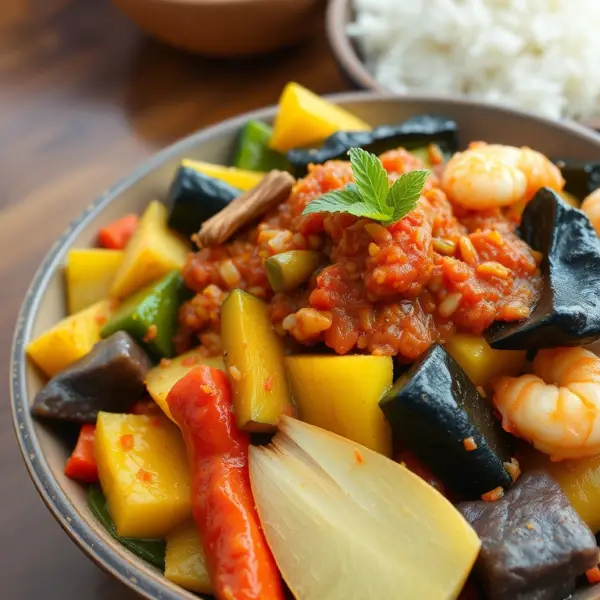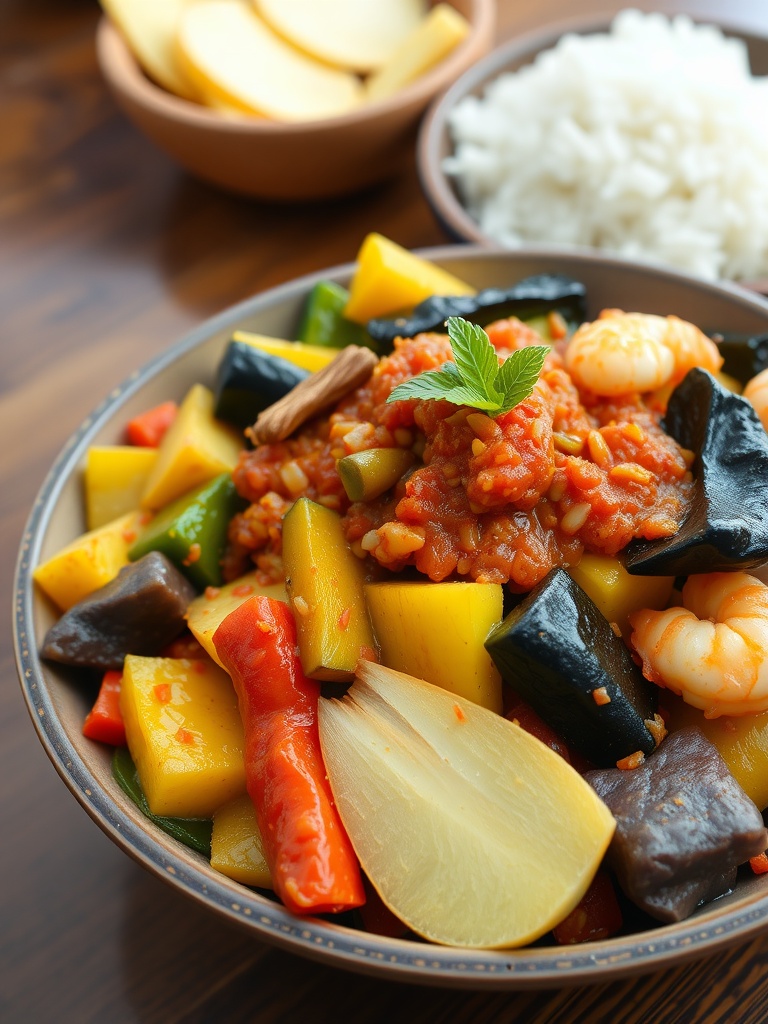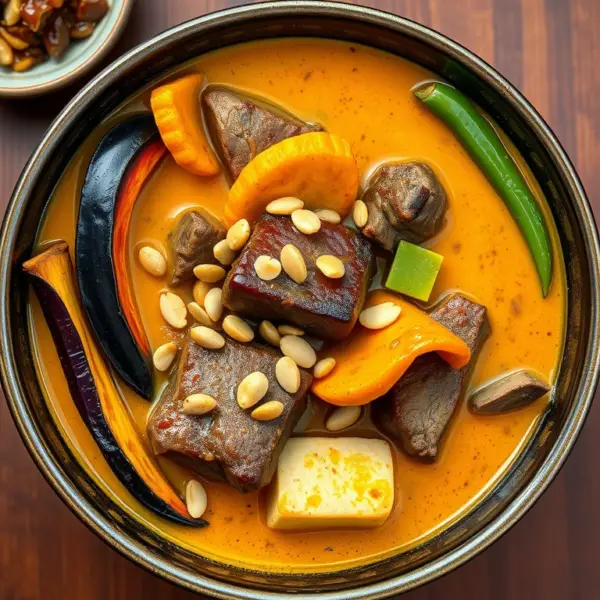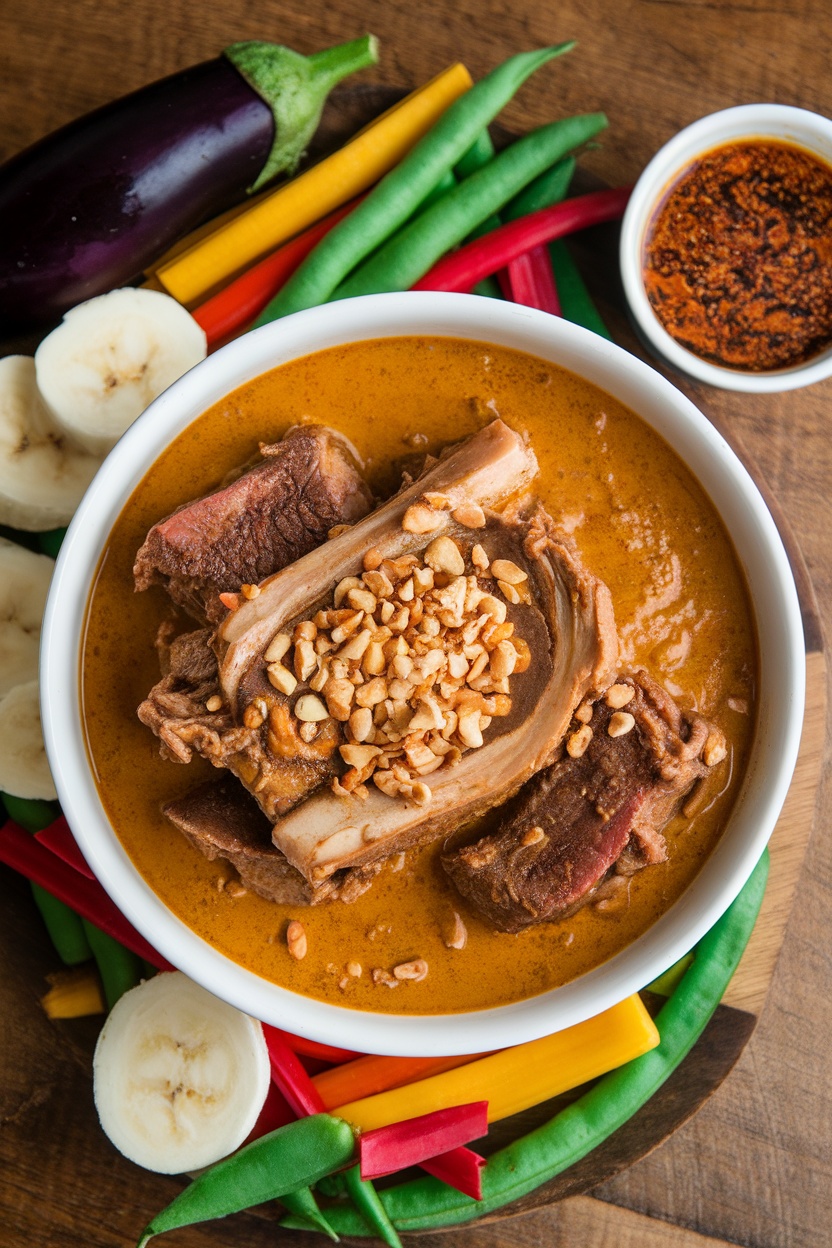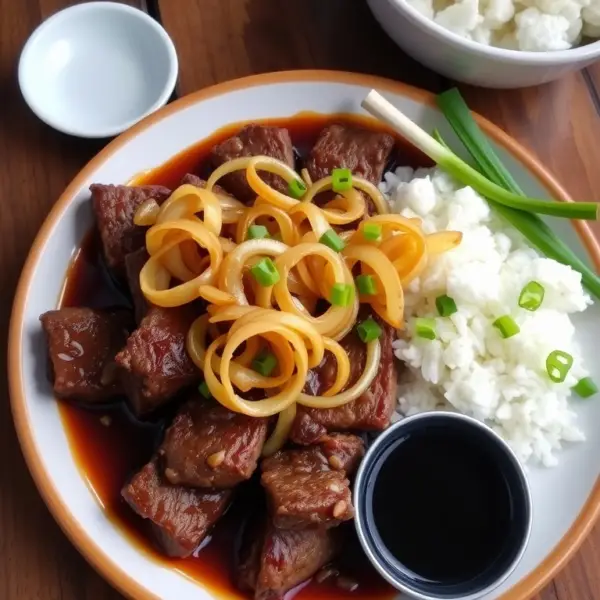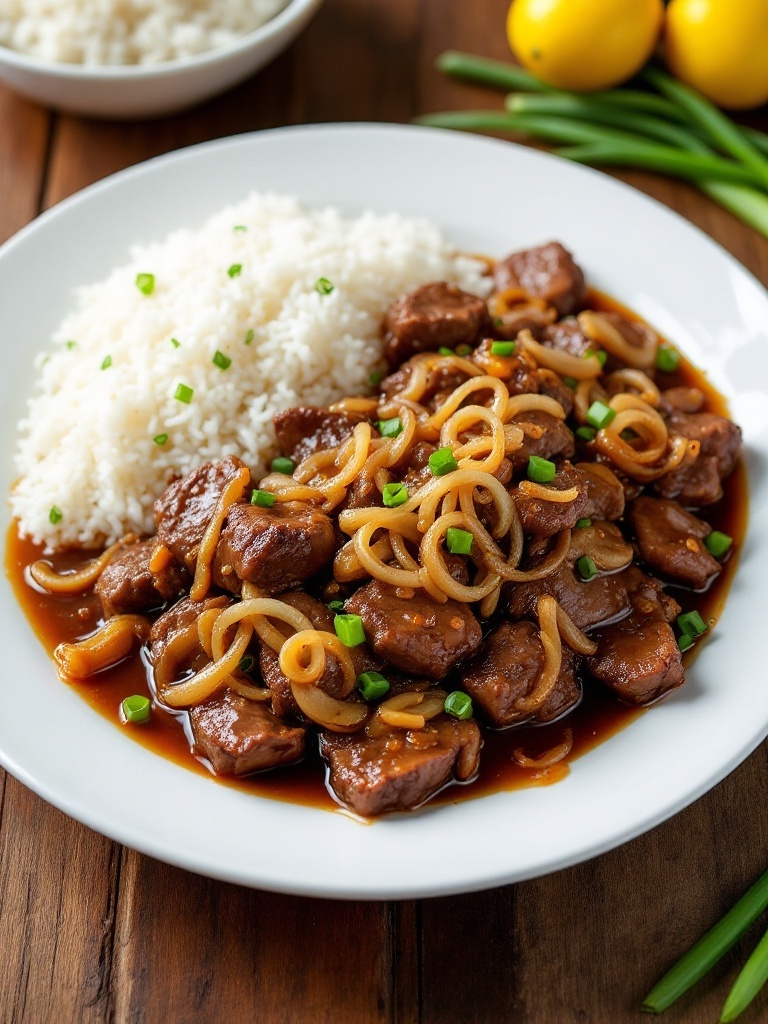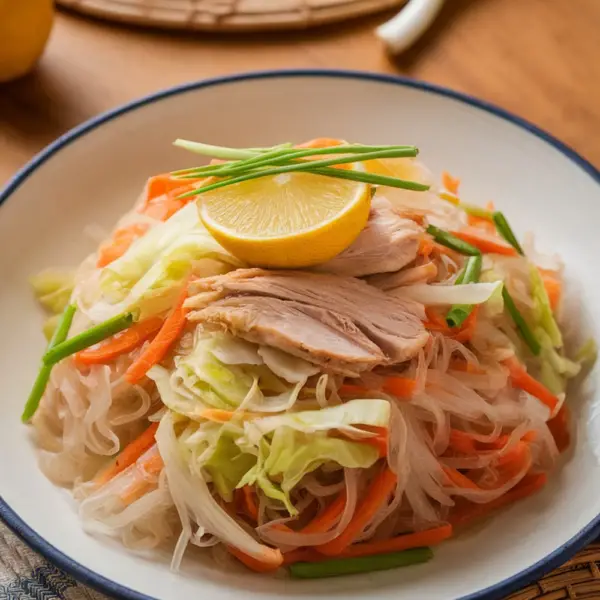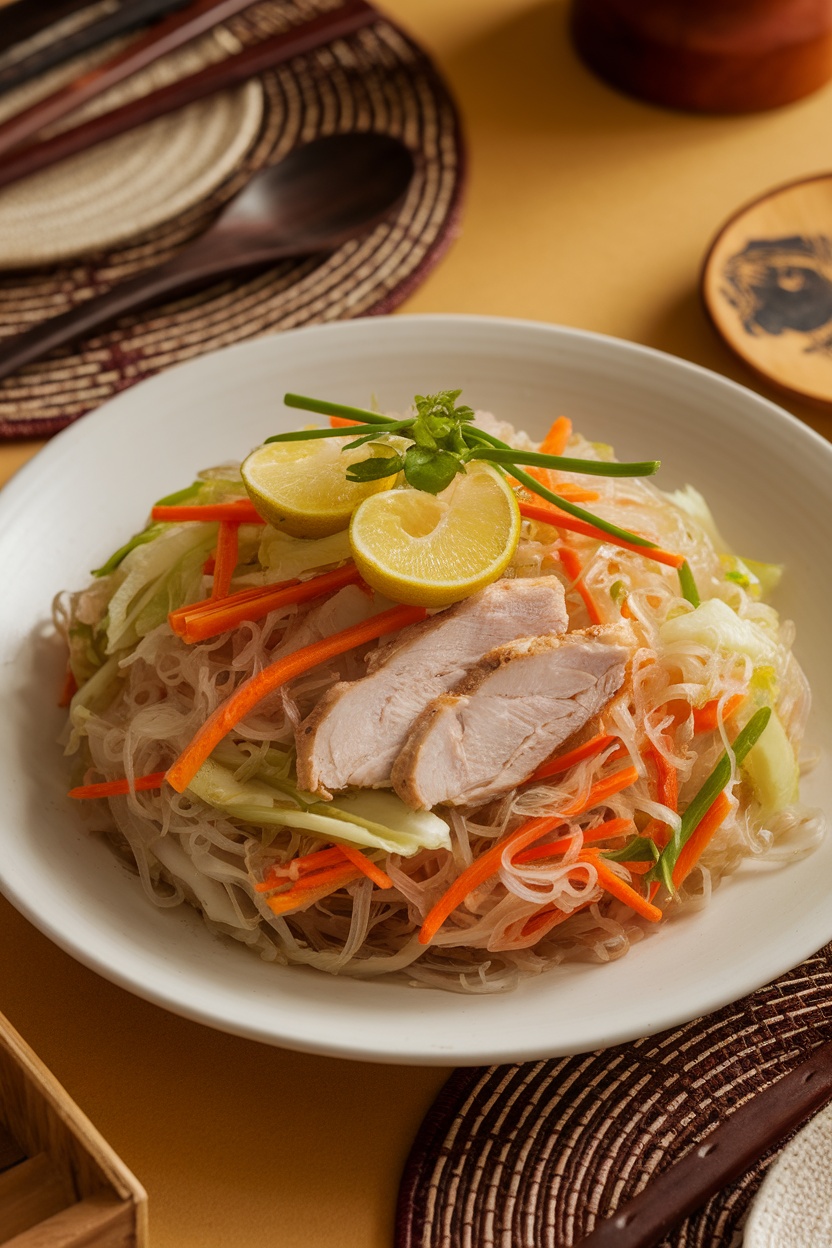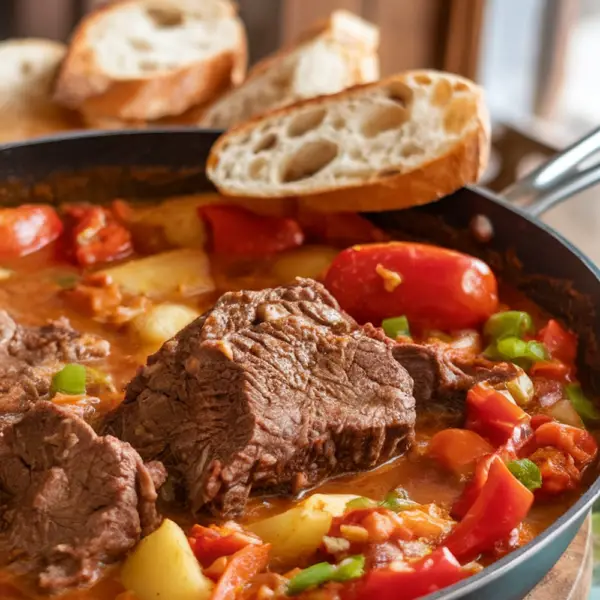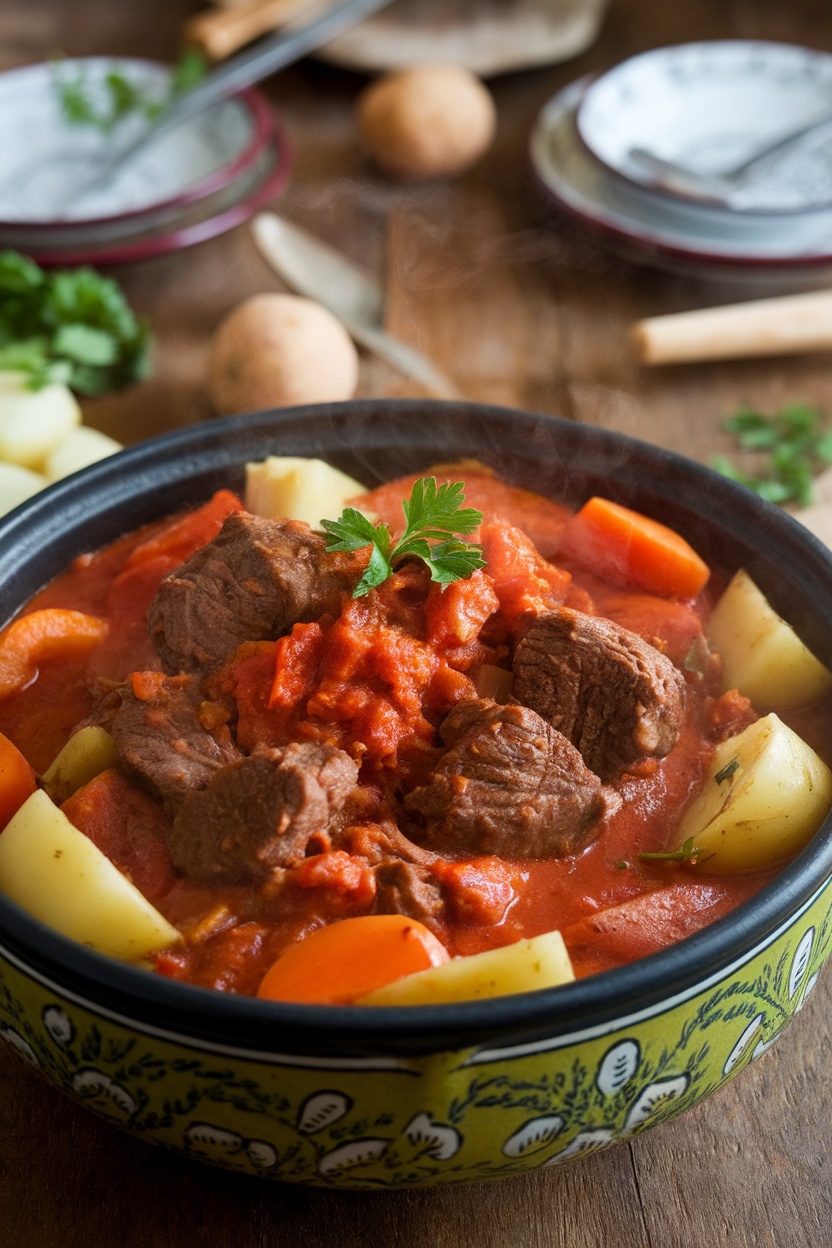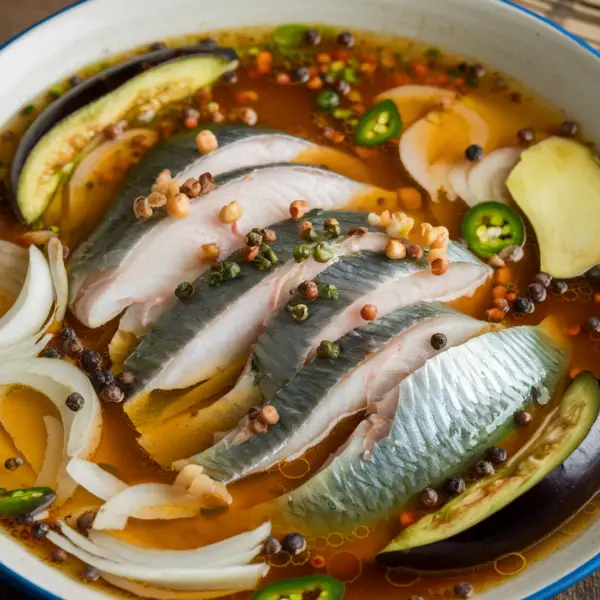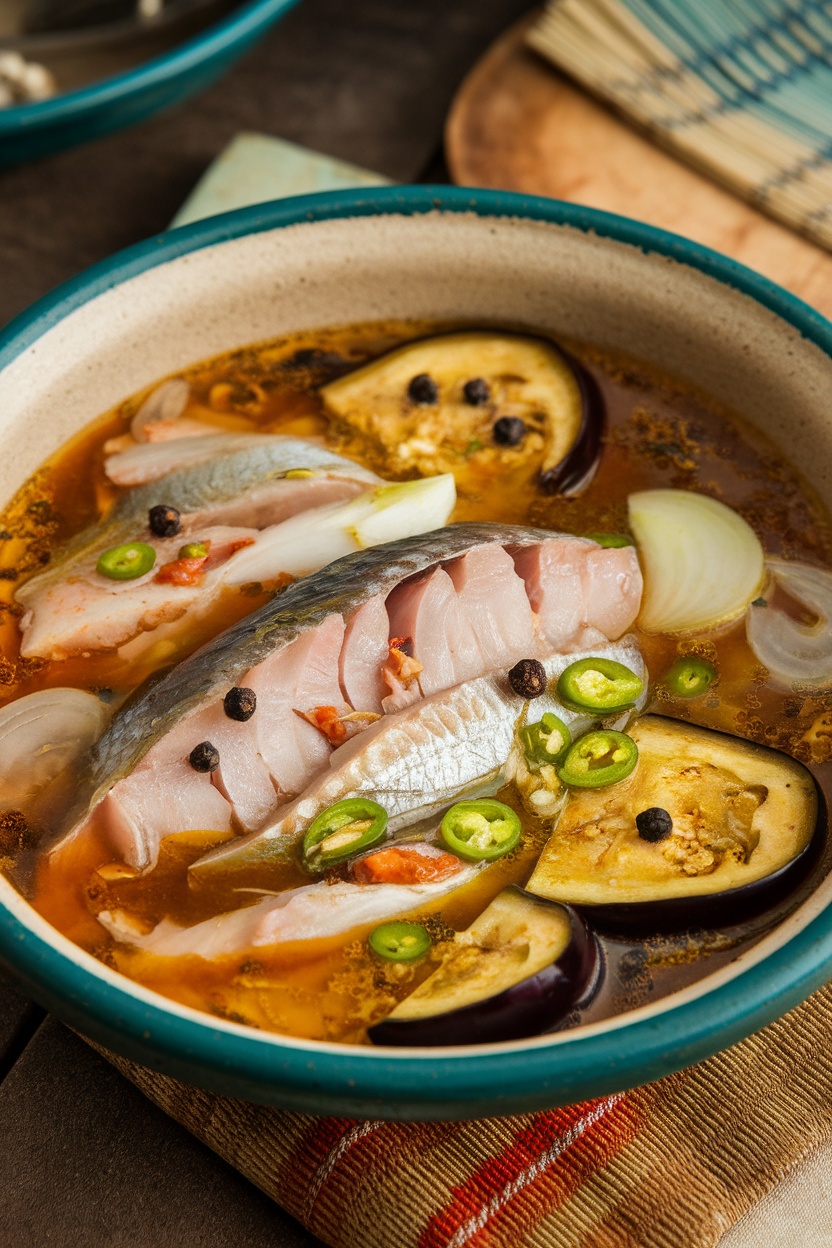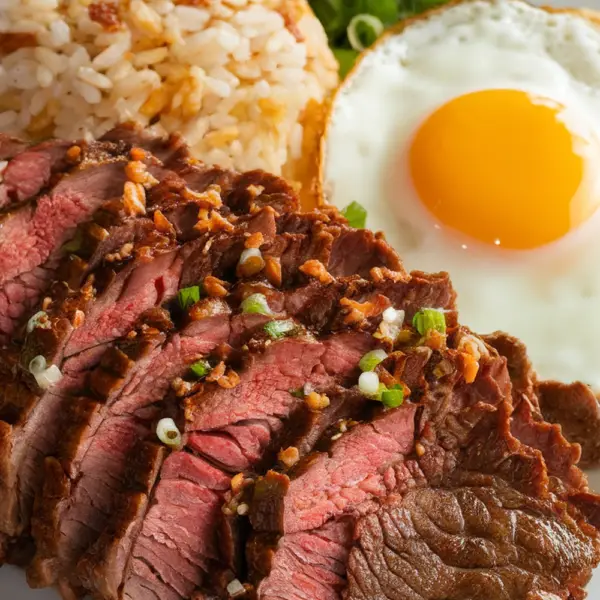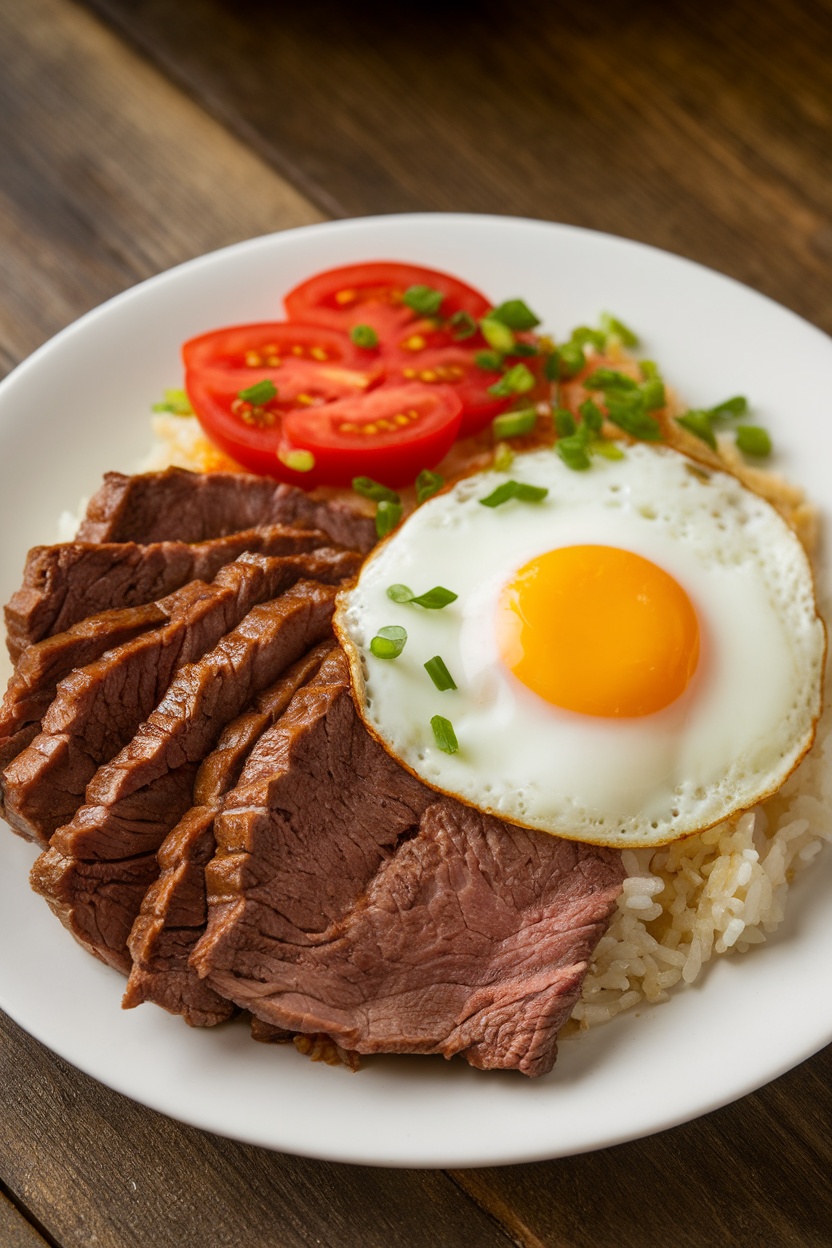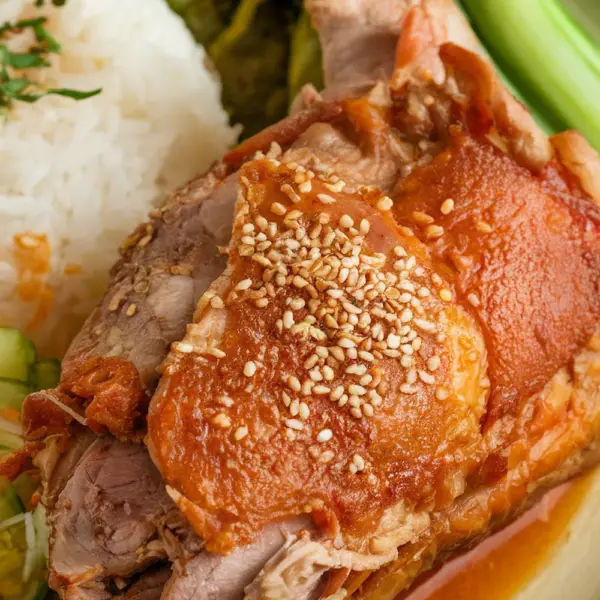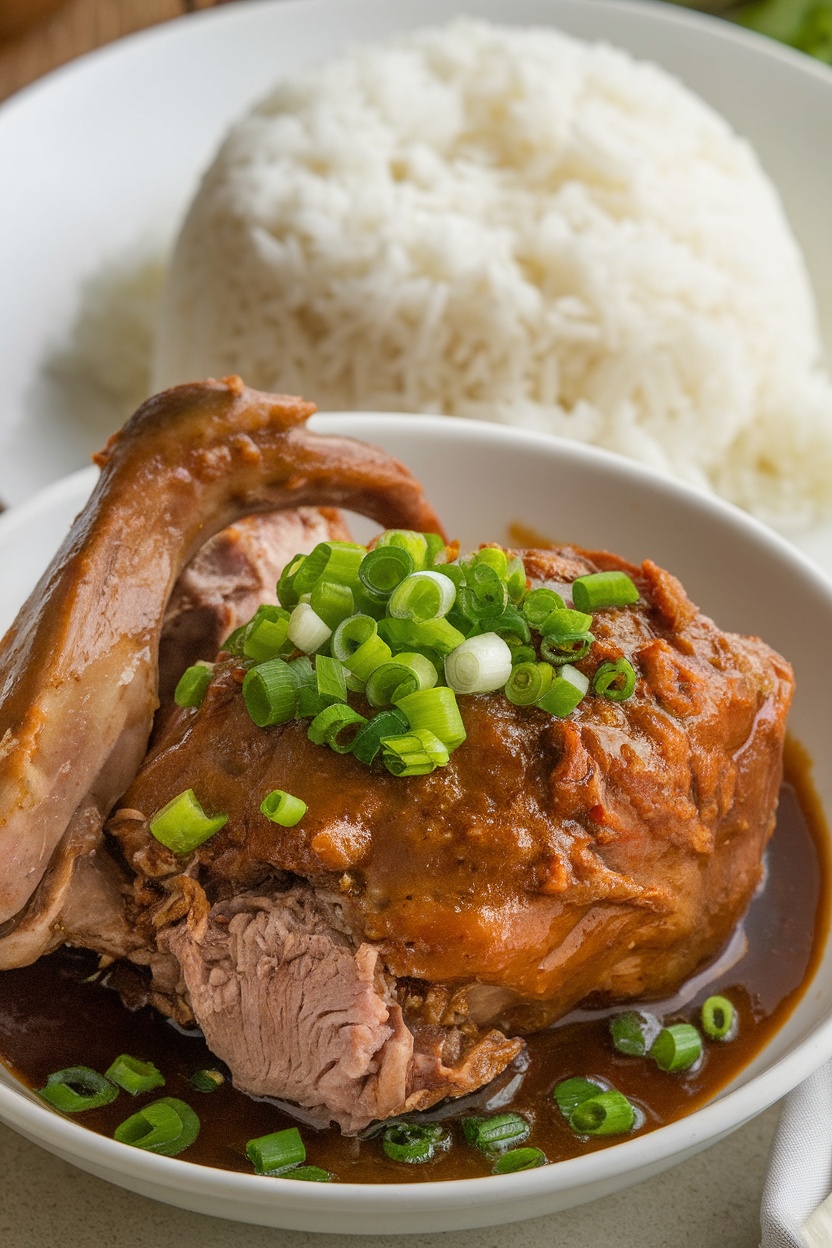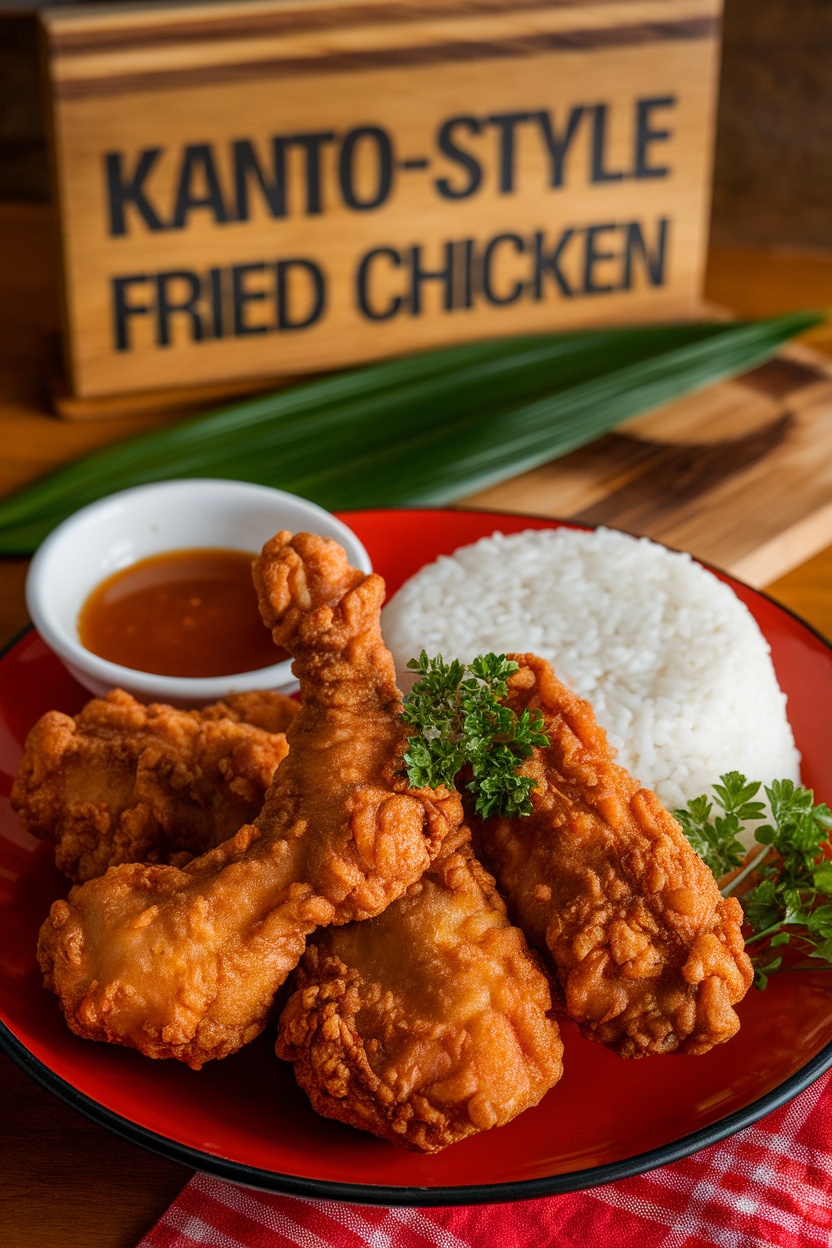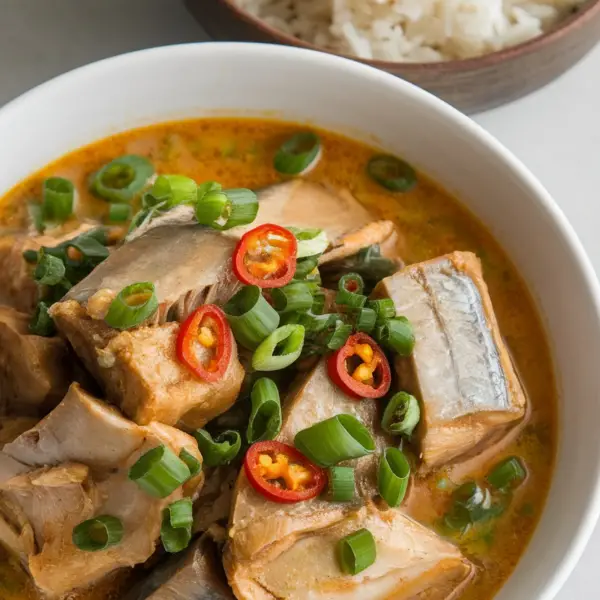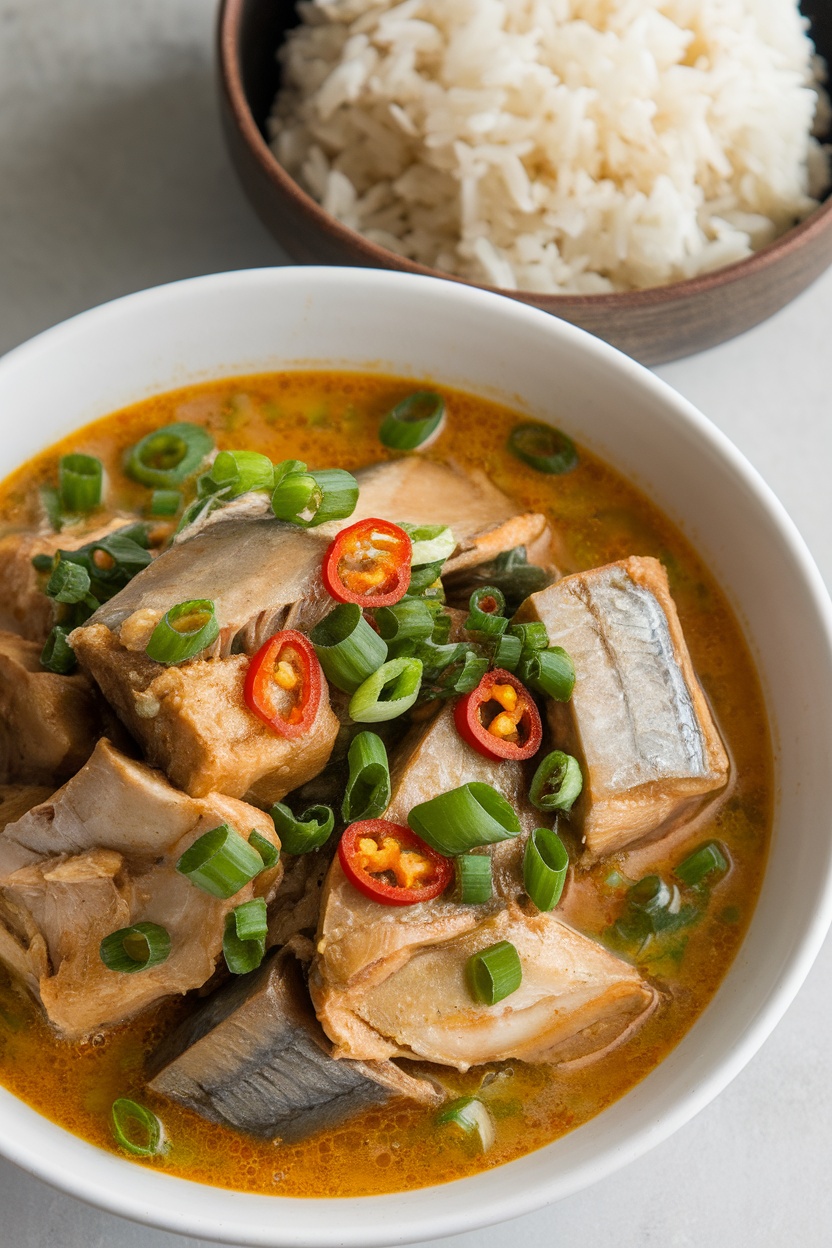Looking for a quick and satisfying meal that brings a smile to your face? This crispy fried hotdogs paired with instant noodles is just the ticket. It’s a simple dish that combines the nostalgia of childhood favorites with a touch of creativity. You’ll love how easy it is to whip up, and the flavors will take you back to carefree days.
This recipe transforms basic hotdogs into crispy bites that are perfect for snacking or a light meal. The instant noodles add a delightful twist, making this dish comforting and full of flavor. Whether you’re in a hurry or just craving something delicious, this recipe is your go-to solution.
Delightful Hotdogs: A Crispy Treat
The transformation of hotdogs into crispy bites is a culinary delight that elevates a classic.
The golden-brown exterior is not only visually appealing but also ensures a satisfying crunch with each bite.
Herbs sprinkled on top enhance the flavor profile, making them even more irresistible.
Instant Noodles: Quick Comfort Food
Instant noodles serve as the perfect companion to crispy hotdogs.
Their soft and chewy texture complements the crunchiness of the hotdogs, providing a delightful contrast.
When tossed with soy sauce, the noodles take on a savory flavor that ties the dish together, offering a comforting element for a quick meal.
Preparing Your Ingredients
To create this dish, start with the right ingredients.
Using fresh hotdogs and quality instant noodles is key to achieving a delicious outcome.
Gathering a few pantry staples like flour, spices, and breadcrumbs will also aid in the preparation process, allowing you to whip up this dish in no time.
Cooking Techniques for Crunchiness
Frying the hotdogs is an important step that yields that coveted crispy texture.
Dredging them in flour and breadcrumbs before frying helps create a golden crust that locks in flavor.
The ideal frying temperature is crucial; too low, and they’ll absorb oil, too high, and they might burn. Finding that sweet spot is essential for perfecting your hotdogs.
Serving Suggestions
When it comes to serving, presentation plays a role in enhancing the eating experience.
Plating the crispy fried hotdogs next to a mound of glistening noodles creates an appealing contrast that invites you to dig in.
To elevate the dish further, consider adding a side of dipping sauce or fresh herbs for garnish, which can add a pop of color and flavor.
Enjoying the Meal
This dish is not just about taste; it’s about reliving memories of childhood favorites.
Whether you’re enjoying it alone or sharing with friends, it is a meal that brings joy and satisfaction.
Dig into this comforting plate and relish the delightful combination of flavors and textures that make every bite enjoyable.
Quick and Easy Fried Hotdogs with Instant Noodles
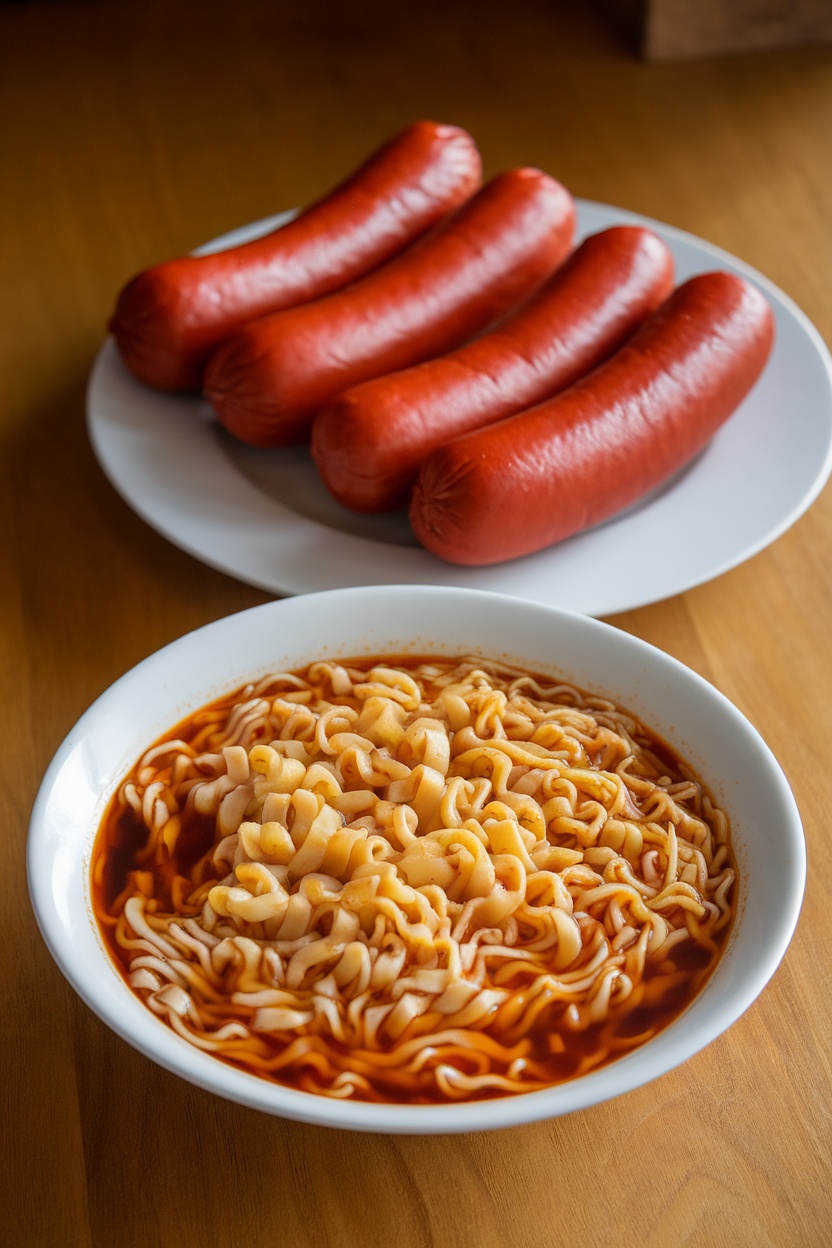
The crispy fried hotdogs are golden and crunchy on the outside, bursting with juicy flavor on the inside. Paired with instant noodles, this dish offers a lovely textural contrast, making each bite satisfying.
Ingredients
- 4 hotdogs
- 1 cup all-purpose flour
- 1 teaspoon paprika
- 1/2 teaspoon garlic powder
- 1/2 teaspoon salt
- 1/4 teaspoon black pepper
- 1/2 cup breadcrumbs
- Oil for frying
- 2 packs of instant noodles
- 2 cups water
- Soy sauce or seasoning from instant noodle packs to taste
Instructions
- Prepare the Hotdogs: Cut the hotdogs into halves or quarters, depending on your preference.
- Coat the Hotdogs: In a bowl, mix flour, paprika, garlic powder, salt, and black pepper. Dredge the hotdogs in the flour mixture, ensuring they’re fully coated, then dip them in breadcrumbs.
- Heat the Oil: In a deep skillet, heat oil over medium heat. Once hot, carefully add the coated hotdogs and fry until golden brown and crispy, about 3-4 minutes. Drain on paper towels.
- Cook the Instant Noodles: In a pot, bring water to a boil. Add the instant noodles and cook according to package instructions, usually about 3-4 minutes. Drain and toss with soy sauce or seasoning.
- Serve: Plate the crispy fried hotdogs next to the instant noodles. Enjoy while hot!
Cook and Prep Times
- Prep Time: 10 minutes
- Cook Time: 15 minutes
- Total Time: 25 minutes
Nutrition Information
- Servings: 2 servings
- Calories: 450kcal
- Fat: 22g
- Protein: 15g
- Carbohydrates: 51g



